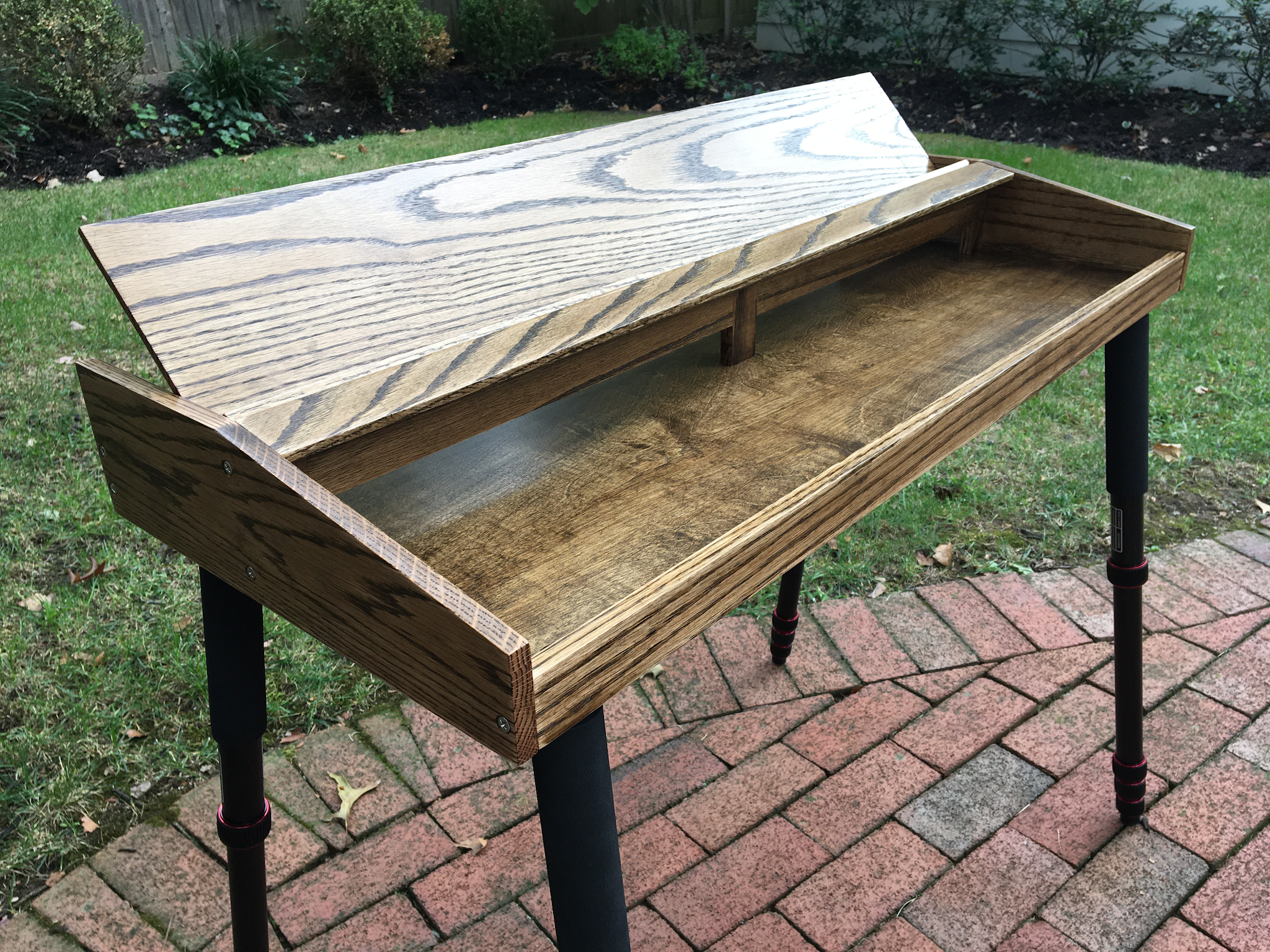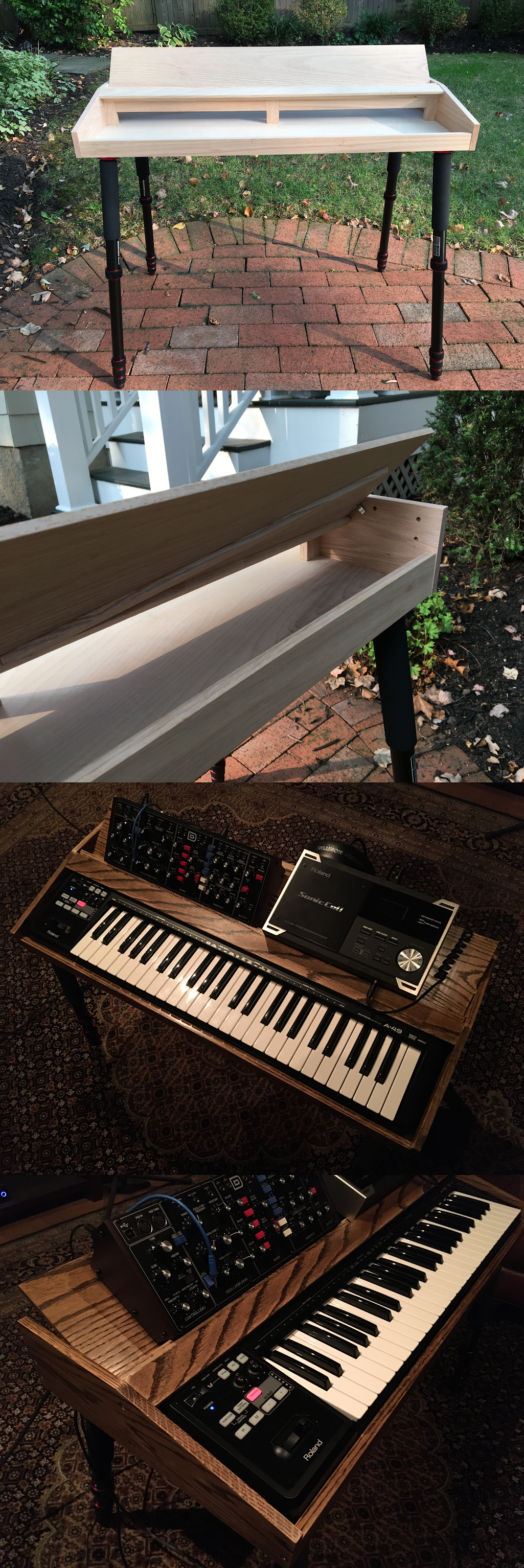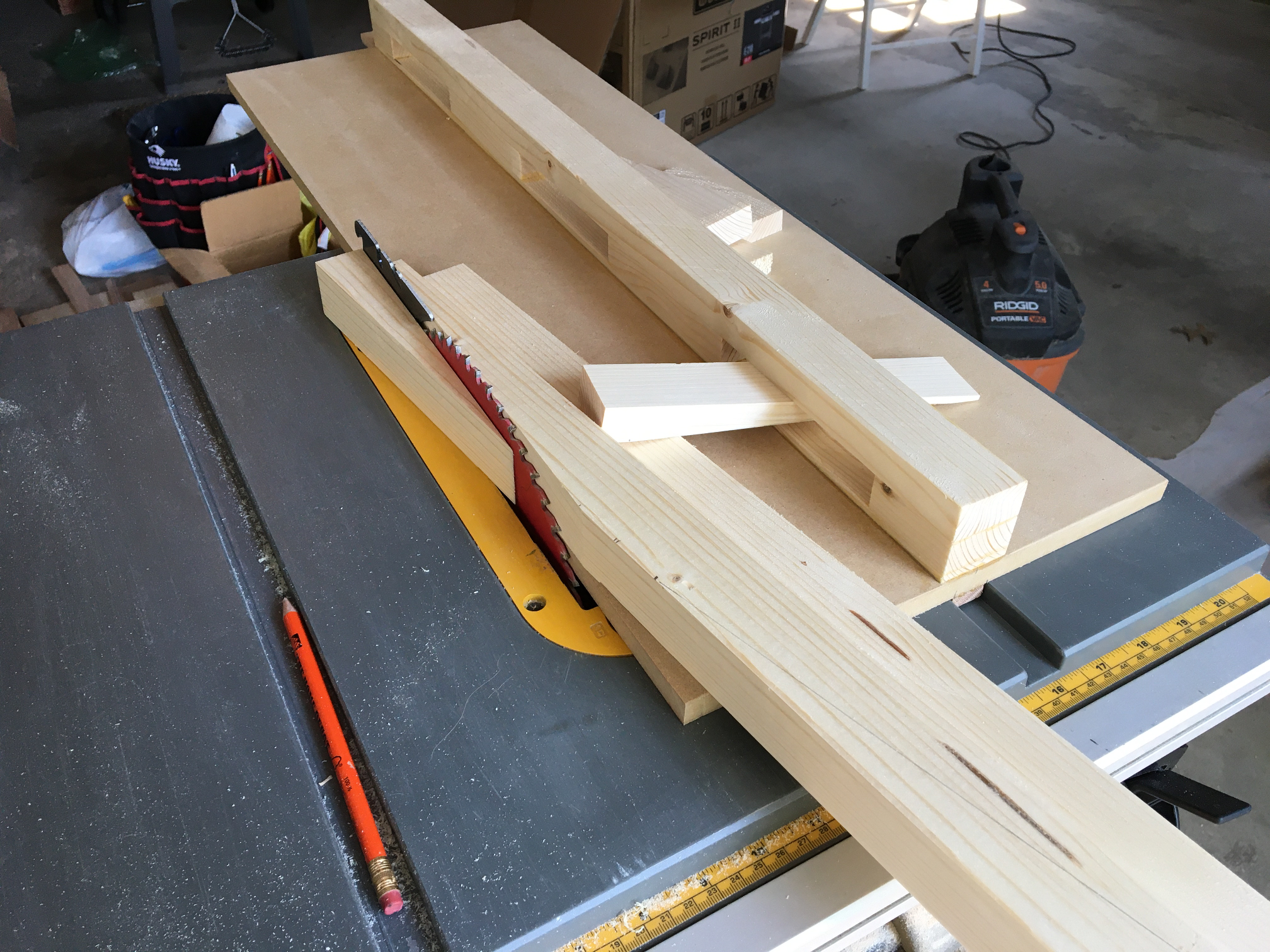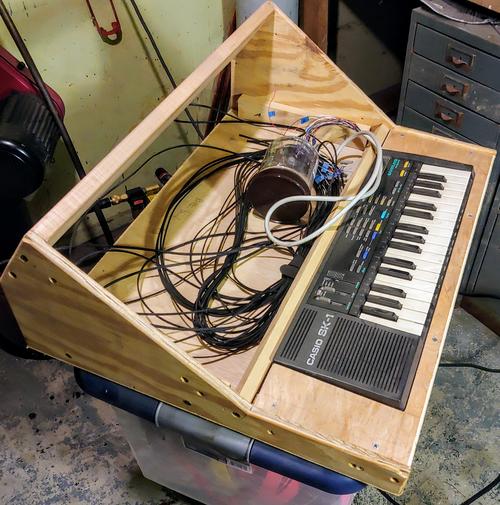Bo Deadly
Well-known member
I know we don't talk woodworking much but it has it's place in pro-audio.
Here's a keyboard table I just made. I only have a site saw but I made really good cross-cut and rip sleds (rip sled is in last pic) and that made all the difference.



Here's a keyboard table I just made. I only have a site saw but I made really good cross-cut and rip sleds (rip sled is in last pic) and that made all the difference.

















